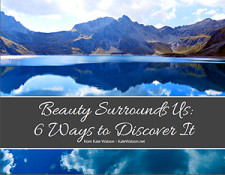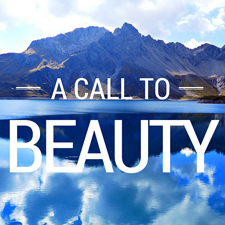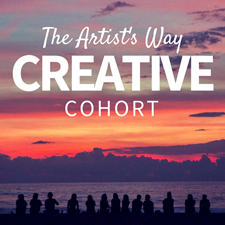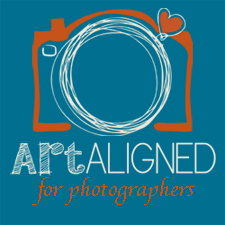I wrote in my earlier guest post, “It’s All About You,” that the key to creative freedom is to disregard external motivations and listen only to what you want. That’s true, but it’s only part of the picture; it’s only the first step. The next step is to forget about what you want — not to let go of your integrity or your values or your goals, but to loosen your attachments to your concept of you. In other words, don’t assume you know who you are, or what your capabilities are. You might be wrong.
Some weeks ago I was at yoga class, and my teacher (the wonderful Kimber Simpkins) told us she’d seen Cowboys vs Aliens. I haven’t seen the movie, but she said one of the characters wakes up and can’t remember who he is. “It’s not like amnesia is all that common,” she remarked, “but you wouldn’t know that, from how often it pops up in books and movies! What is our fascination with it, anyway?” She concluded that it’s because the concept has power. If we didn’t know anything about ourselves or the world around us, we couldn’t say, oh, but I’m not strong enough to try that or the world doesn’t work that way. We would have freedom to go in any direction, or to take a totally radical worldview, simply because we’d be lacking preconceived notions about what’s possible.
After class, I took this “amnesia practice” out into the world. When a song came on the radio, I didn’t rush to switch it, because I was pretending not to know I don’t like this song. When my diner breakfast came with fruit, I shut out I hate canteloupe! and found that the melon was surprisingly sweet and juicy. In an interaction with strangers, I forgot I’m a nice person and realized my actions were actually uptight and unfriendly. When we think we know ourselves, we get rigid in our thinking. We divide the world into us and not us. But who is us, anyway? There is no static self; there’s only this dynamic existence that is always shifting, and when we put up barriers between me and not me, we close off potentially exciting and interesting new directions.
It’s possible (and, I think, a good idea) to do this practice with awareness and integrity; otherwise, it’s just chaos. It doesn’t make sense to just start hitting people because you’ve never done it before — although you could, if you’re self-protective like me, take a martial arts class and learn how it feels to attack and be attacked. The practice can serve your existing values and goals. I’m a writer and artist: I’ve been trying experimental writing prompts, painting with different colors and strokes, trying not to think I know anything about my skills or how things will turn out. I’ve been frequently surprised by how fluidly my sense of self can expand to encompass these new things.
If the first step is, as I wrote last time, to let go of everyone else’s opinions and expectations to find the freedom to be ourselves, then the second step is this. To let go of our own opinions and expectations, and find the freedom to be even greater than we can imagine.
Lisa Hsia is a writer, artist, and blogger who likes to blur the boundaries of these three fields whenever possible. Find her and her work online at satsumabug.com.




















Kate Watson - Hi Ré: Thanks for stopping by and leaving a comment! I agree that Lisa’s post was very thought provoking. Who knows what we could accomplish if we released limits from our preconceived notions?
satsumabug - Thank you as ever for reading and sharing your thoughts! This practice is still serving me really well; in fact, it’s probably the most helpful perspective-shifter I’ve taken on in a while.
Ré Harris - This was uber thought provoking, Lisa. I see what you mean about seeing and checking my own preconceived notions about myself and my art. I have to make this knowledge more a part of my days. Thanks for sharing these insights!